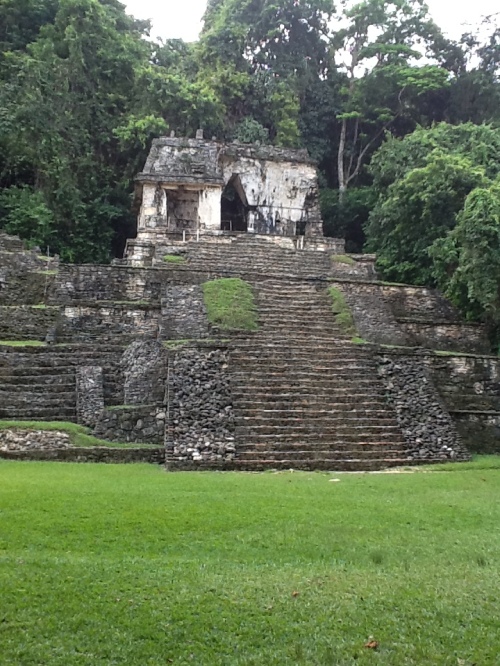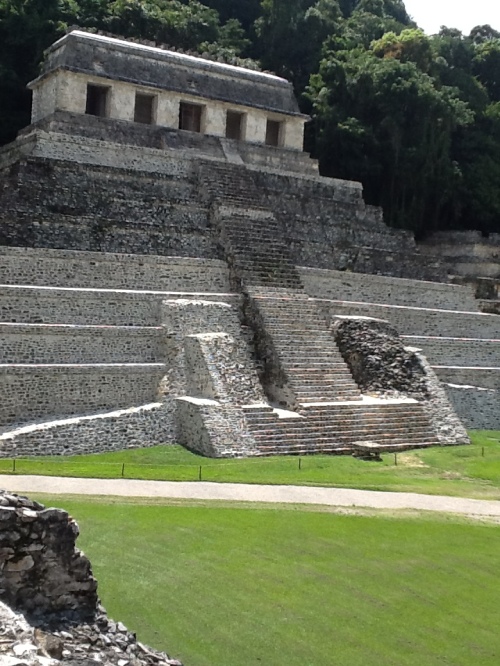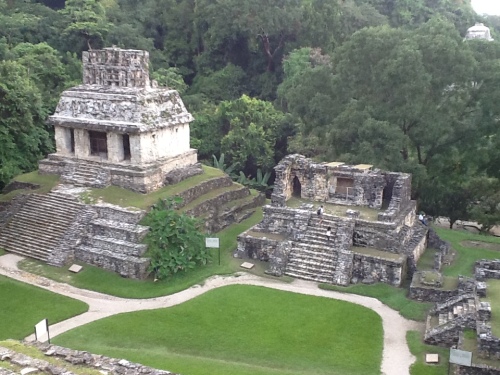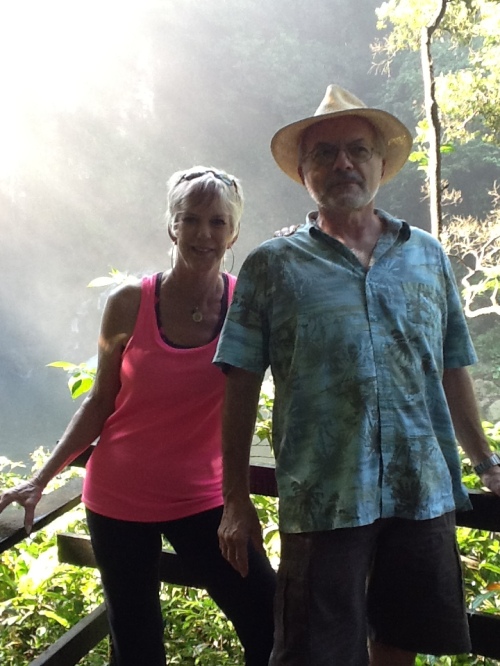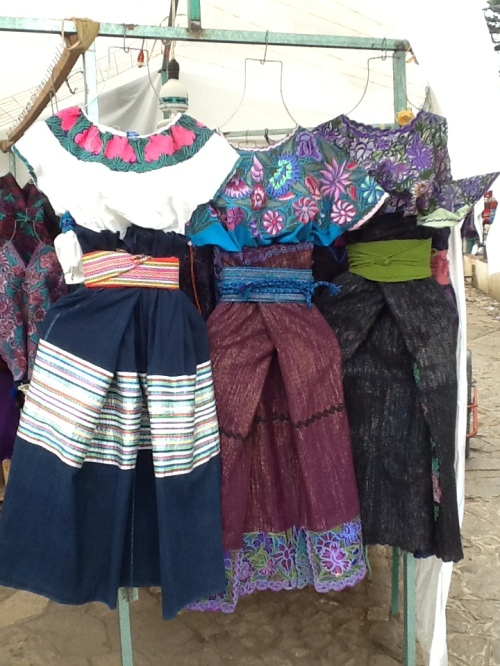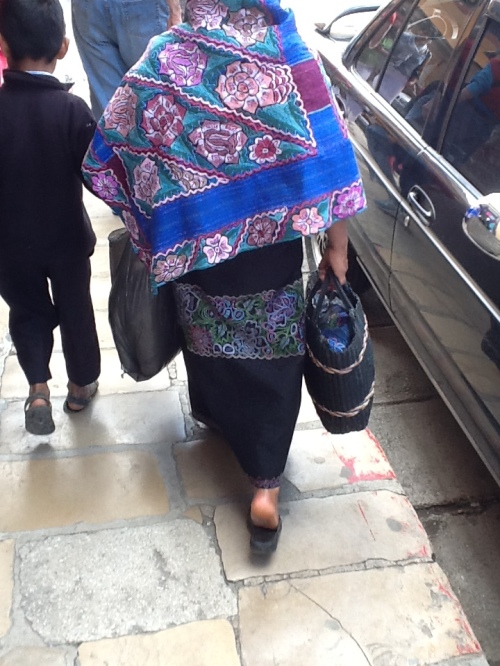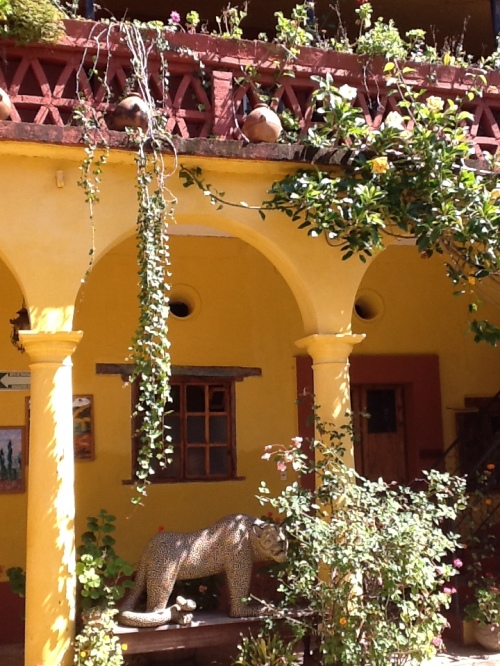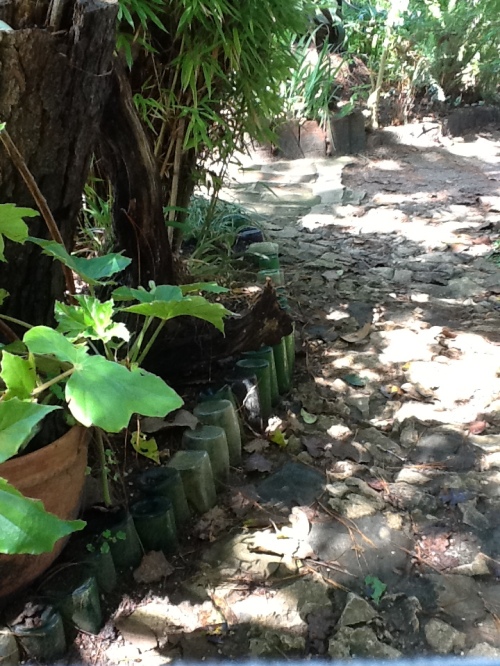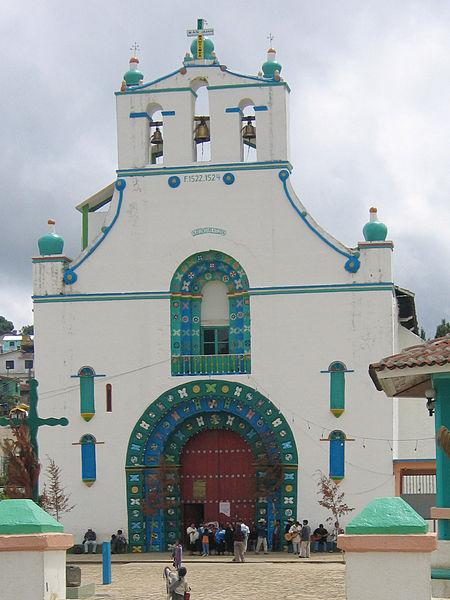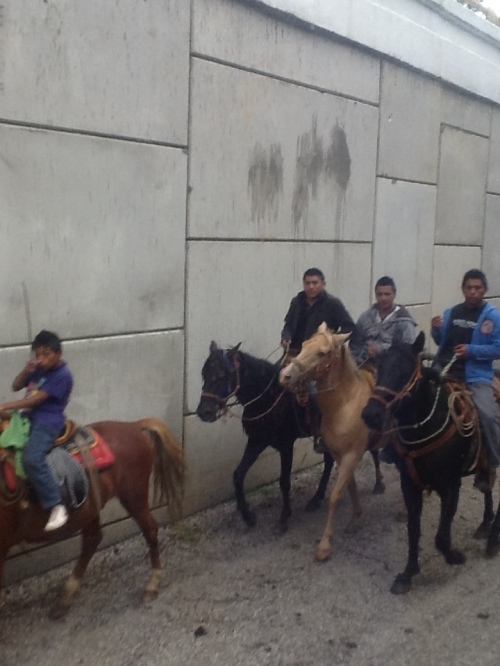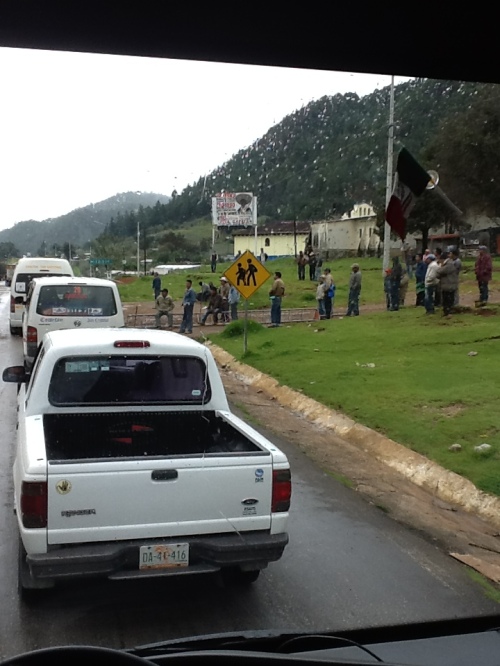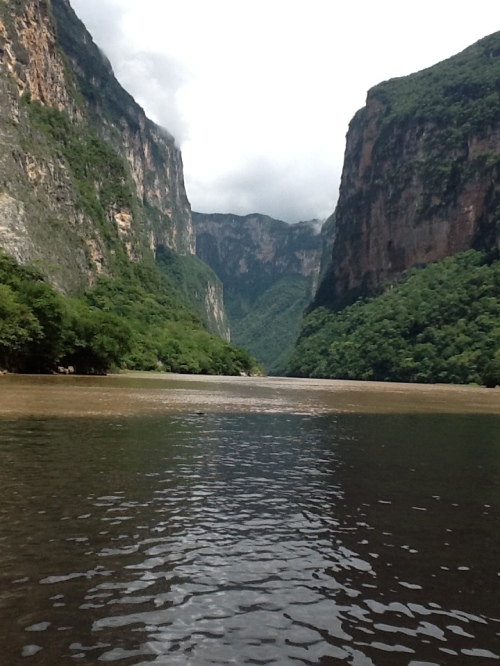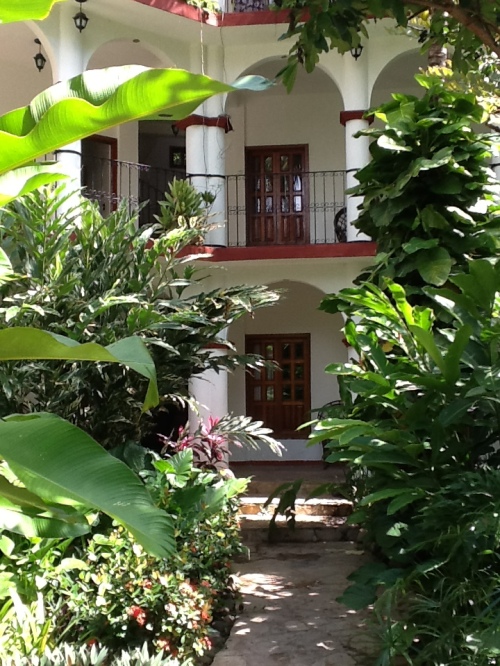Days fly by quickly and we have discovered how true the words “time waits for no-one” really are when we are living in such a lively spot in the center of Mexico. Time to continue our explorations further south.
It was like stepping into another era altogether when we and a group of friends landed in the town of Villahermosa in Chiapas, which is the southernmost state of Mexico before Guatamala. Many languages are spoken in Chiapas: Tzotzil, Tzoltad, Tojolabol, Ch’ol, but most understood a smattering of plain old Español. First on our checklist of places to experience here in the Central Highlands amidst the Lancandon Jungle and rain forest, was Palenque and it’s ancient Mayan ruins dating back to 226 BC. After it’s decline, it melted back into the jungle, made up of cedar, pine, oak, mahogany and sapodilla trees. The area that is presently discovered is only 10% of the estimated total area of the city, with more than 1000 structures still covered by jungle. With an average of 85 inches of rain per year, uphill battles to uncover the remaining structures will keep archaeologists working for years!
Misol-Ha meaning “Broom Waters” and the Cascadas de Agua Azul (Blue Water Cascades) gave us the opportunity to hike up behind one of the waterfalls. Due to recent rains, unfortunately the crystal blue waters were crystal beige. None-the-less, the hike up around the surrounding ruins and trails through the jungle were nothing short of spectacular. Leaving Misol-Ha, we stopped and scrambled through the caves, Las Grutas deRancho Nuevo. As I am not yet proficient at underground photography, this link will give you a mini-tour: http://www.youtube.com/watch?feature=player_detailpage&v=HQ8MS1DChUg
An information packed ride another couple of hours through jungles with hairpin curves and infrequent signs posted “Zapatista territory, we govern and take care of our own” (or some form of that), brought us to San Cristobal de las Casas, known by it’s Tzotzil name of Jovel, and was established in 1528. Considered the cultural capital of Chiapas it was named Pueblo Magico (Magic Village) in 2003. Fresh, clean mountain air, lush green vegetation surrounding us, we took in as much of the local culture as we could absorb.
Amber and Jade are mined nearby and exquisite pieces were displayed in stores in many different forms of jewelry, and other handcrafts. Posh, is a fermented drink made from sugar cane and was a novelty for some along with saffron tamales. Restaurants abound with Italian, Chinese, Thai and fusion cuisines. As this town is becoming a popular tourist area for well-heeled estraños, a steady trickle of French, Italian, Canadian and a few Americans have taken up permanent residency here in the past 5 years. Prior to that, the town was very closed and suspicious of strangers (estraños if you didn’t already know that word), and have recently begun welcoming and catering to tourists.
Local fashion for women is the huipil, a beautifully handcrafted embroidered blouse. Each village has it’s own design and colors and they are worn with either a heavy black fur-like wrap-around skirt, or heavy wool skirts banded with ribbons gathered together at the waist with a bright sash. Men often wear the black or white fur-like shirts, but do not follow any other dress custom. Huipil designs trace back through many ancestors and a person in the know can read the village history through these patterns.
Casa Na Bolom, now a museum, hotel and restaurant was a very interesting place, built as part of a seminary in 1891, and in the 20th century it became the home of a Danish explorer/ archeologist and a Swiss Journalist/photographer. The couple spent 50 years collecting tools, crafts, archeological pieces, and clothing relating to the Lacandon Jungle and it’s people. The Dane displayed his lifetime of drinking by lining the lush botanical garden pathways with literally hundreds of upended wine bottles.
San Juan Chamula, a little over 6 miles from San Cristobal Las Casas, was founded in the early 1500’s and as they have their own police force, no outside police or military are allowed in the village. Photography is difficult as it is believed that to take a picture is to steal the soul of the subject. You can be thrown out of town, or put in jail if you violate this rule. The main plaza is surrounded with open stalls of the tiangius (open market) filled with produce, beans, and handcrafts.
At the head of the plaza is the famous San Juan Chamula church. One of the first things you notice, once your eyes adjust to the light, is that there are no pews in the church. Instead the ground is covered in green pine needles and soda bottles (mostly Coca-Cola) and the ceiling has great swaths of jewel colored cloth hung from side to side. The church is filled with thousands of candles, and smoke from burning copal resin incense, commonly used throughout southern Mexico, burns your eyes and nose. Along the walls of the church, as in many Catholic churches, wooden statues of saints are elaborately dressed up and displayed in large wooden cases, many wearing mirrors to deflect evil. The local form of Catholicism is a blend of pre-conquest Maya customs, Spanish Catholic traditions, and subsequent innovations.
Curanderos (medicine men) diagnose medical, psychological or ‘evil-eye’ afflictions and prescribe remedies such as candles of specific colors and sizes, specific flower petals or feathers, or…in a dire situation…a live chicken. Families with bags of snacks and chickens enter the church regularly and set up their altars on the floor. They spend hours praying in their local language, which sounded nothing like Spanish, rocking back and forth and, often, socializing and laughing loudly with other church-goers,completely ignoring us. Next, they would all drink and share a bottle of an artisan liquor drink called pox, as well as Coca-Cola, which is apparently a big part of their everyday religious activities. They even gave some to young babies. It also explains why 80% of the town was drunk by noon. Although we did not encounter the actual chicken ritual, if instructed by the medicine men, those afflicted would hold their chicken by the legs and move his head over the flames from the candles, or alternatively break its’ neck with their bare hands to remove the bad spirits.
It is said that they believe, by drinking Coca-Cola, they are forcing themselves to burp (a lot!) and in turn, release bad spirits from their bodies. Some families would drink some pox and then spew it out onto the candles in front of them. Maybe they liked the effect of the flames spitting and intensifying?
In San Pedro Chenalho’, the local school with its large gymnasium is the center of all activities. Despite the type of event, the same scene takes place: huge cases of Coca-Cola are piled outside the door as the audience and participants arrive. Volunteers proceed to pass out liter bottles of Coca-Cola provided by City Hall, to adults and children alike. They are required to drink all of it and as they are often almost bigger than the child, sometimes mothers pour it into baby bottles to make it easier for the toddler to handle. Next, kids go to center court where they dance around the Coca-Cola brand painted on the floor.
The colors red and white stand out against the lush rain-forest landscape. Almost all of the shops are painted red and white as the paint is given to them free by Coca-Cola Femsa (the Mexican subsidiary that is Coca-Cola’s largest bottling plant in the world, with nearly 3 billion cases produced annually and which supplies all Latin America) knows these poor indigenous areas are a highly important market……Do you think?
Back on the road again, we passed the local caballo traffic getting onto the main highway. Heading over the mountain, we were stopped at a roadblock by local villagers who were protesting the illegal deforestation in their community. Over 80% of this rain forest has been destroyed; they have good cause! They were trying to raise awareness, gave us a flyer, and we were soon on our way again.
The last segment of our journey was to Chiapas de Corzo and the Sumidero Canyon. A small, sleepy, but pretty little town on the Grijalva River, we hired a boatman to take us up the canyon. Heading north up the river, we soon were between cliff walls 1000 meters high with waterfalls, hot springs and wild birds. Christmas Tree Falls looked exactly like a snow-laden blue spruce tree. The canyon so reminded me of kayaking the Colorado River between Hoover Dam and Willow Springs.
Once we get all of the places in Mexico checked off that we want to see, San Cristobal de las Casas is a town we’d definitely like to return to.

